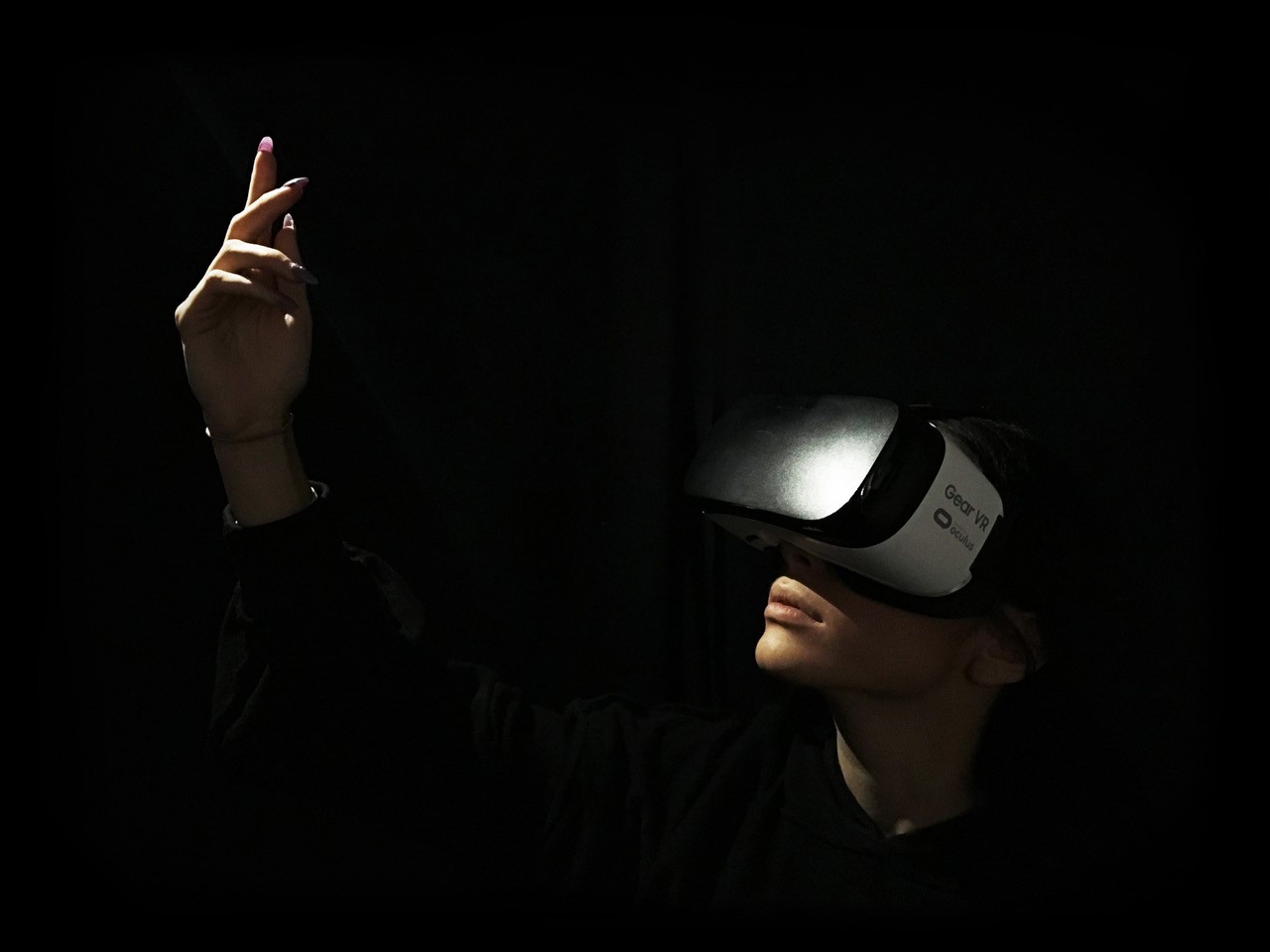Connected Autonomous Vehicles
Creating intelligent mobility for future societies / Quicker, safer & more reliable autonomous transportation / Developing 5G Technologies for autonomous vehicles
 Layered Realities Weekend - A 5G Showcase
Layered Realities Weekend - A 5G Showcase
Over the weekend of 17th - 18th March 2018, the University of Bristol's Smart Internet Lab hosted the world's first 5G public showcase in Millennium Square, Bristol. Demonstrations, talks and artistic experimentation combined in an exciting blend of technology and expression. This event ran in conjunction with Watershed & We The Curious.
Photo Credit: Kaleider's - 'From The Light Of Fire, Our Dancing Shadows'

The CAV team, March 2018

CAVs (and all other vehicles) form highly intermittent, ad-hoc and obviously mobile networks. This is arguably the most hostile mixture of conditions when trying to sustain ubiquitous, and reliable wireless connectivity - even before we demand the need for low latency. Security by design is an absolute prerequisite for any cooperative systems, with CAVs requiring the highest possibly standards. The University of Bristol is pioneering dependable wireless connectivity, mobile edge computing (MEC) and networked cyber physical systems for future ITS systems.
THE VENTURER PROJECT
The VENTURER consortium brings together a partnership of public, private and academic experts in a collaborative R&D project investigating Connected and Autonomous Vehicles (CAV). VENTURER focuses on the people as well as the technology side and will attempt to understand the blockers and drivers to wide scale adoption of CAV capability. The future driverless vehicles will be integrated into smart city infrastructure and hence will require fit for purpose V2I wireless connectivity. The vehicles will also be exchanging sensory data via V2V wireless communication links to allow propagation of hazard warnings and “look ahead” functionality. The Communication Systems & Networks (CSN) Research Group at the University of Bristol provides its renowned V2X expertise to assure future CAVs benefit from ubiquitous and dependable wireless connectivity.
THE FLOURISH PROJECT
http://www.flourishmobility.com/
FLOURISH looks to enable the development of inclusive smart mobility ITS. The Overarching aim is the design of technically secure, trustworthy secure, trustworthy and private connectivity, as well as safety verification methodology. The CSN Research Group provides its expertise in dependable V2X connectivity including security, privacy and trust. The group leads the efforts in designing new services based on connectivity which will be crucial for the future CAV deployments.
 650x265_opt.jpg)